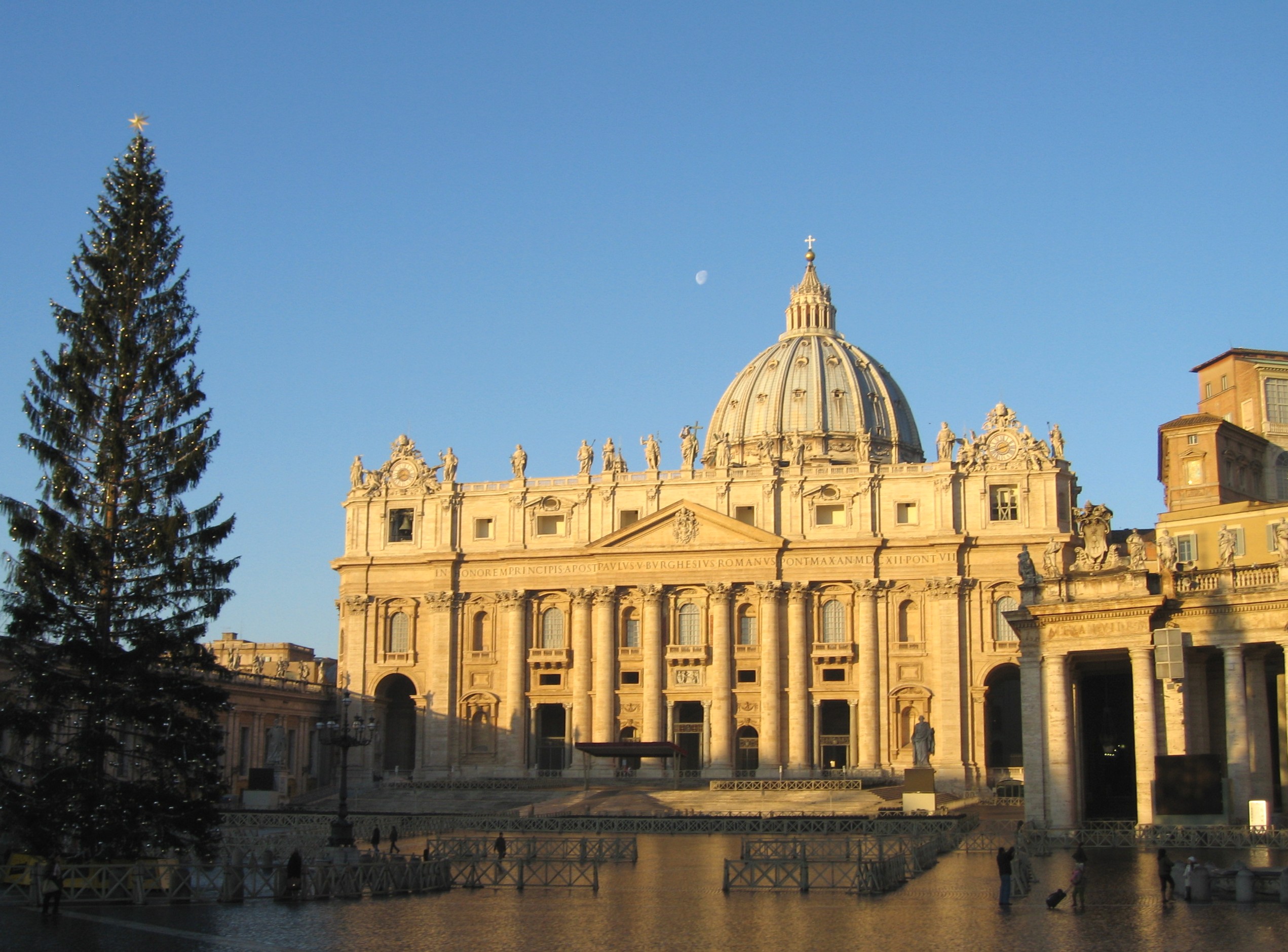-
•
•
160 responses
The gospel of Jesus Christ is a rich, complex, and beautiful thing. It can’t be fully absorbed in one sitting, or one decade, or one lifetime. The gospel is information-rich. A recent New York Times article talks about Mormons who are led to question their faith by information about the church that they find, e.g., on the internet. The article seems to suggest that the gospel cannot survive in an information-rich environment. Mormons believe, however, that “the glory of God is intelligence” (D&C 93:6), and “It is impossible for a man to be saved in ignorance” (D&C 131:6). Information, learning,… Read More
-
•
•
50 responses
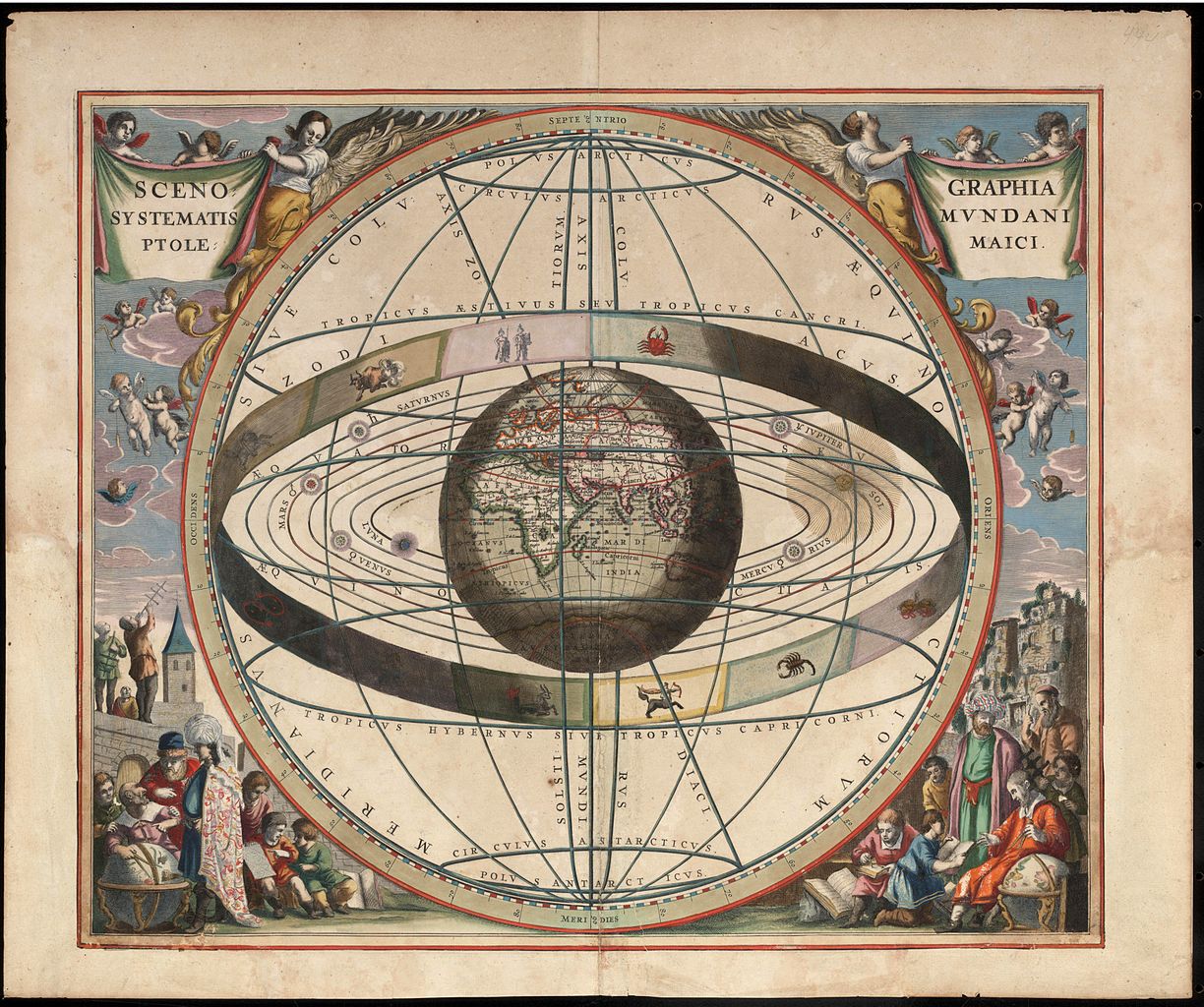
Malicious compliance is the idea of using the letter of the law to intentionally violate the spirit of the law. It is perfect obedience. It is also sabotage. Since so much trouble seems to arise from the gap between the letter and spirit of the law, we might reasonably ask: why not close the gap? Why not just write down the spirit of the law in the first place? I think the answer is at least in part that whatever is written down and then read and interpreted by a human being is necessarily going to fall short of the spirit.… Read More
-
•
•
14 responses
You are probably familiar with Mark 2:1-12, because it is hard to forget a story about a guy getting lowered through a roof. Read More
-
•
•
Despair is, I think, one of the most difficult parts of the human condition. While the sources of our despair today are very different from those suffered by the early saints, the feelings are just as real and difficult. Where do we turn for peace? The following poem explores the despair we all feel—the same discussed in Doctrine and Covenants Gospel Doctrine lesson #28—and provides an answer to it. Read More
-
•
•
40 responses
In a recent facebook thread (sparked by this post at Patheos), commenters have been talking about intellect and Mormonism. That conversation helped crystallize some thoughts that have been percolating in my mind for a while, about how the LDS community has a complicated and sometimes conflicted discourse about the importance of intelligence, intellect, and education — and some of the interesting ways in which that tension plays out. On the one hand, there is a significant strand of LDS thought that puts extremely high value on intelligence. The paradigmatic statement here, of course, is that “the glory of God is… Read More
-
•
•
16 responses

Yes. I mean, I don’t know exactly, but still, yes, probably. Read More
-
•
•
9 responses

Almost 7, in the village church of Kernascléden, in the heart of Brittany, which is the heart of Catholicism in France. The sign on the door says Vespers are at 7, just like they are every night, even tonight, July 14, when most people in France are singing the Marseillaise instead of the Gloria. I always like Vespers, but I wonder what in the name of the Abbé Sieyès they could possibly sound like in a remote place like this? A harried five-parish pastor coaxing along a few reedy voices? Not exactly. Two youngish nuns in tan habits enter the… Read More
-
•
•
43 responses
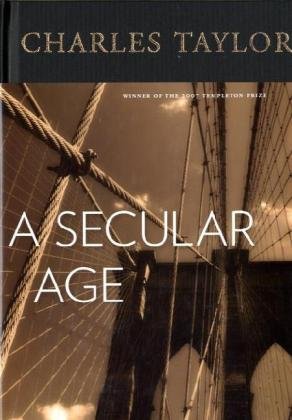
The principle behind Mathew 10:34 (“Think not that I am come to send peace on earth: I came not to send peace, but a sword”) is not that Jesus came to foster contention (see, e.g., 3 Nehi 11:29), but that the presence of the Savior forces people to make decisions. C. S. Lewis’s trilemma is an example of what I have in mind: we must accept that Jesus was mad, that he was evil, or that he was divine. That he was a nice guy who taught good principles but was not divine is not compatible with the textual description of… Read More
-
•
•
28 responses
A good portion of the next RS/PH lesson concerns the story where Jesus states that it is easier for a camel to go through the eye of a needle than for a rich person to enter God’s kingdom. Read More
-
•
•
2 responses
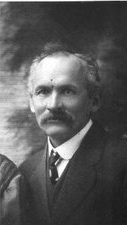
What do we mean when we talk about help from God? Our religion, and lesson 14 in the Lorenzo Snow manual, teaches us that we should rely on God for the help. Yet when we think about how this help actually works, it isn’t about God doing things for us, at least not usually, its about the guidance and strength that he gives us so that we can do what needs to be done ourselves. That is the strength that is described in the following poem. Read More
-
•
•
We often assume in our perception of trials and challenges that the trials aren’t our fault, that these challenges are something that happens to us instead of something that happens as a result of our choices. While it is certainly true that some trials—natural disasters for example—are not by our choice, others are at least the consequence of our own choices. And, in some cases, we actually choose to undertake things that we know will be difficult. Does that mean that they are not still trials? Doctrine and Covenants Gospel Doctrine lesson 27 illustrates this. The Church members during the… Read More
-
•
•
12 responses
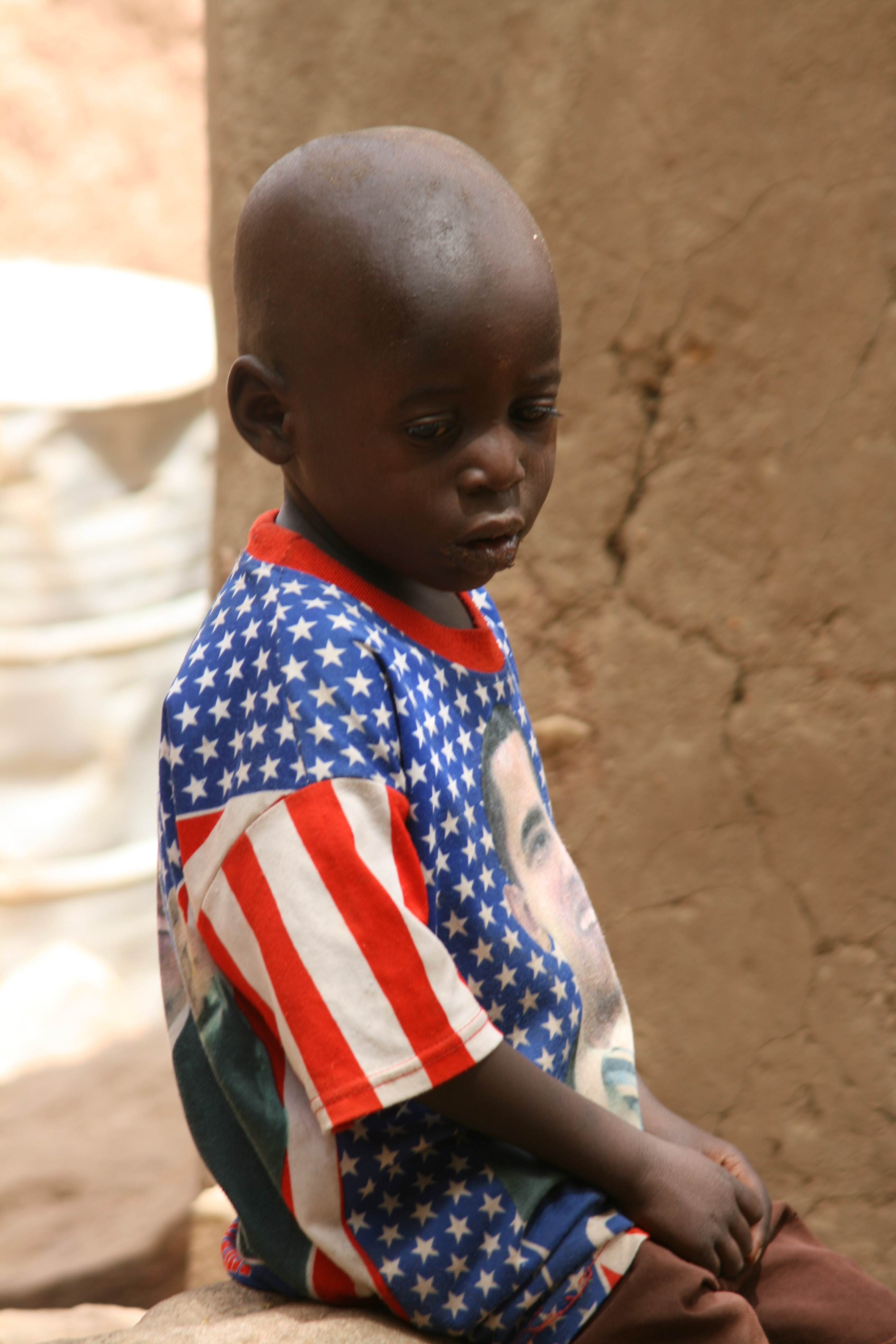
Many Mormons in Utah are aware of the fact that a converted Mormon is running for president in Mali. Indeed, Yeah Samake, an important social entrepreneur in Mali, joined the Church in 2000 while studying at the BYU, and indeed he has registered as a candidate for the upcoming presidential elections in 28 July 2013. He is the mayor of Ouélessébougou, a community consisting of a small town and a group of villages in South Mali. Based on his success as mayor, he is running for president, already in 2012, but again in the present elections. Election campaigns cost money… Read More
-
•
•
19 responses
The problem with repenting is that it is not just an intellectual exercise. It’s emotional. To repent, one must feel penitent. But how can you repent when you don’t feel like repenting? Read More
-
•
•
50 responses
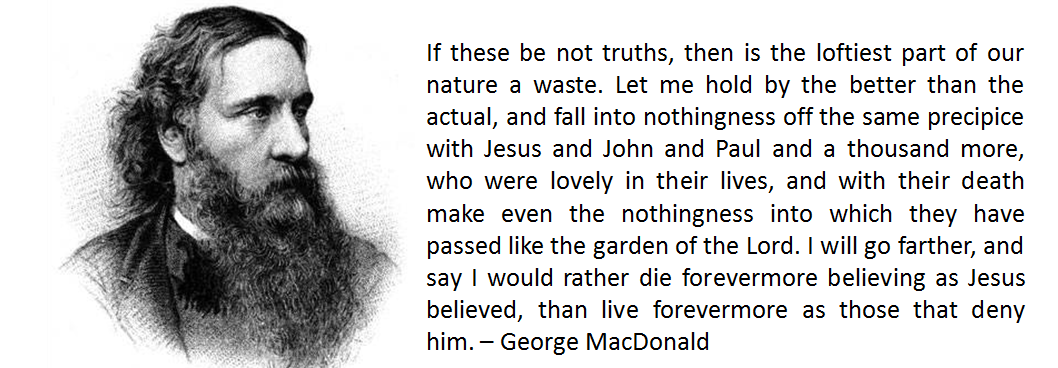
I’ve written about theology before for Times And Seasons, but I haven’t actually done very much theology here or elsewhere in public. I have two reasons for finally taking the plunge. The first is selfish: I don’t think my ideas are going to get any better closeted in my own head. No one who creates really likes criticism, but ultimately its necessary if you want to get any better. The second is perhaps a bit more altruistic. I’ve written that theology is a kind of worship, and I’d like to illustrate what I mean by that. Mormons believe that this mortal… Read More
-
•
•
3 responses
What is the purpose of the Relief Society? While we think we understand its purpose based on what the women’s organization does today, the things that Relief Society does have changed radically since its founding in 1842. And the Lorenzo Snow lesson on the Relief Society shows this change, since his comments reflect a focus on charity and providing for the poor that we don’t hear much today—since that function is now handled by the welfare program. But before the welfare program was developed in the 1930s, the Relief Society WAS the welfare program. It collected and stored foodstuffs for… Read More
-
•
•
Our understanding of missionary work has changed and evolved substantially over Mormon history. Where we know assume that missionaries are young, during the 19th century missionaries were more mature and married. Where the sacrifices of missionaries today are usually parts of life postponed, during the life of Joseph Smith they meant real hardship for families, the missionary begging for food and even danger of physical assault. Still, then, as now, those brought to a knowledge of the gospel were grateful, as was the author of this poem. Read More
-
•
•
7 responses

Yesterday, the Art Institute had a family program tied into its new exhibit, Impressionism, Fashion, and Modernity. The Art Institute’s family programs are inevitably excellent, so we decided to bike down, look at the exhibit, and then let the kids make the related art. The museum’s about 6.5 miles from us on the Lakefront Trail and, even though there and back would be the longest ride my oldest had ever taken, we figured she could make it. So we loaded up, the oldest on her bike, the next on a tagalong behind me and the youngest on a bike seat on my… Read More
-
•
•
What should the priesthood mean to us? How should it influence who we are and how we act? These questions are part of nearly every Mormon lesson on the priesthood these days, and lesson 25 of the Doctrine and Covenants Gospel Doctrine manual is no exception. And I think the following poem fits this basic topic well. Read More
-
•
•
97 responses
God may be no respecter of persons, but everyone else is. We’re not equal, and the roles we fulfill in the church are not equal, so stop saying they are. Read More
-
•
•
58 responses
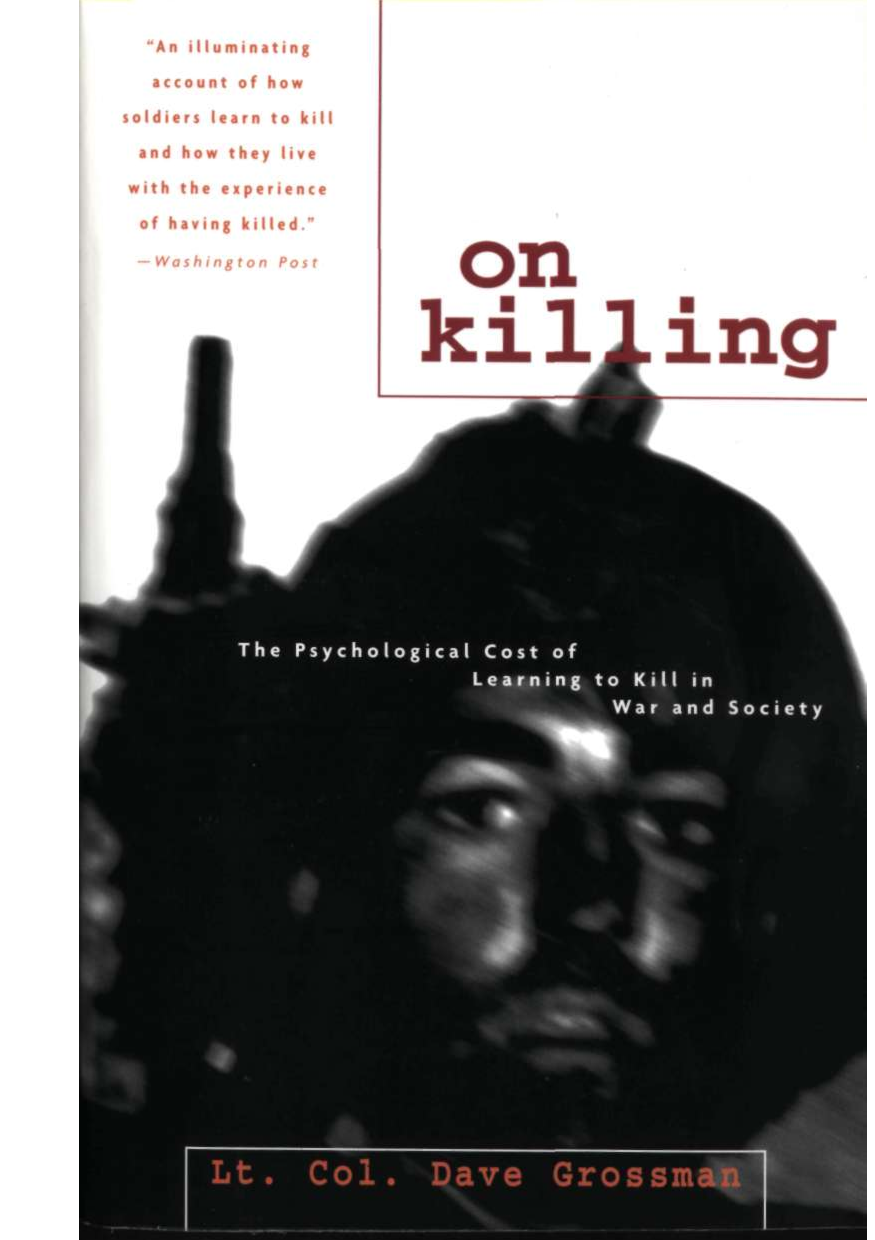
This week I finished reading On Killing: The Psychological Cost of Learning to Kill in War in Society, but I knew I would be writing about the book on Times And Seasons long before I finished it. Despite the seemingly narrow focus of the title, On Killing has broad and sweeping implications for understanding human nature, and it has particular if unexpected relevance to Mormon theology. I must start with the central thesis of the book, however, which is that humans have an incredibly strong inhibition against killing other human beings. The first quantified research in this field came from the… Read More
-
•
•
3 responses
Tonight at midnight, Google Reader will officially turn into a pumpkin. If you’ve been reading Times and Seasons (or any other blogs) with Google Reader, you should set up your transition before the end of the day today (if you haven’t already done so). There are a variety of popular alternatives available, and many of them have import-export features to help facilitate switching. And whatever your preferred method of information consumption, thanks for reading Times and Seasons! Read More
-
•
•
44 responses
Mormons have this fascinating relationship with America and Americanness. On the one hand, we often seem to be among the most American of Americans. Mitt Romney’s problem as a presidential candidate was not that he was weird, but that he was too normal (in a white, 1950s kind of way). To the extent that people thought he seemed alien, it was more because of his money than his religion. American political principles seem to even be more or less written into the Book of Mormon (of course, some similar material is in the Bible, too, including a denunciation of monarchy… Read More
-
•
•
17 responses
One of the rare privileges of being Sunday School President in a Mormon congregation – second only to holding the keys for sounding the bells to end class on the hour – is the occasional opportunity to fill in for the meetinghouse librarian. Read More
-
•
•
83 responses
It looks like the people of California have not been disenfranchised nearly as much as I was concerned about in my post yesterday. They have been disenfranchised at the federal level, but not at the state level. In its decision yesterday, the Supreme Court nullified the ruling of the (federal) Ninth Circuit that Prop 8 is unconstitutional. Many onlookers assumed that meant that the holding of the trial court, from which the Ninth Circuit was hearing an appeal, would be decisive for California law, and since the trial court held Prop 8 unconstitutional, that would mean that Prop 8 was… Read More
-
•
•
12 responses
The good news: There is more room for dialogue between science and Mormonism than between science and other conservative Christian viewpoints. Most Latter-day Saints don’t feel threatened by science. The bad news: Some Latter-day Saints do come to see the relation between science and Mormonism as one of conflict rather than dialogue, and sometimes science wins that debate in their head. Why do some Mormons see science and Mormonism as an either/or choice rather than a helpful partnership? Read More
-
•
•
77 responses
The Supreme Court of the United States of America today informed us that the people are no longer in charge of this country. The Declaration of Independence states that governments derive “their just powers by the consent of the governed.” In the spirit of that principle, 26 states, and many city and local governments, allow citizens to approve legislation directly by popular vote in cases where their legislature does not address their concerns. However, we learned today that if citizens put in place a law that the people in public office don’t happen to like, it can be ignored. The… Read More
-
•
•
The Society for Mormon Philosophy and Theology’s 2013 conference will be held at Utah Valley University, October 31-November 2, with the theme, “The Atonement.” Here is the theme description and submission instructions from the call for papers (PDF). Call for Papers: “The Atonement” The Society for Mormon Philosophy and Theology invites paper proposals on any aspect of Mormon belief, including its philosophical ramifications. We particularly encourage submissions on this year’s theme. “The fundamental principles of our religion,” said Joseph Smith, “are the testimony of the Apostles and Prophets, concerning Jesus Christ, that He died, was buried, and rose again the… Read More
-
•
•
46 responses
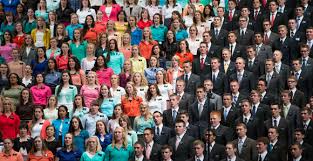
The reaction to yesterday’s two-hour Worldwide Leadership Broadcast on missionary work has been mixed. Given the pre-broadcast hype, some viewers were undewhelmed; others were impressed. Our friends at BCC live-blogged the event with reader comments ranging from cynically dismissive to excited and energized. Below I’ll give links to media and LDS coverage, offer my own summary, then add some commentary. Read More


